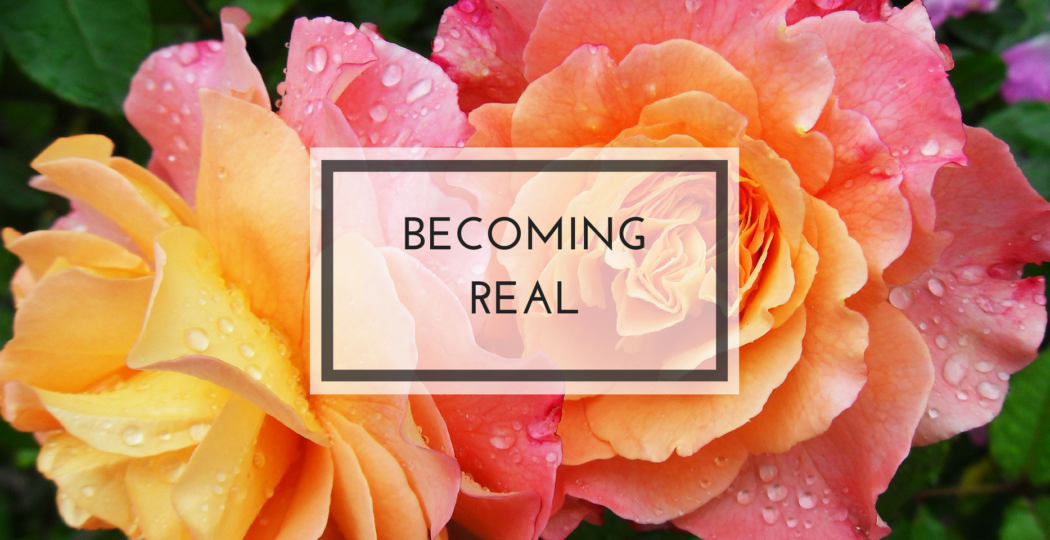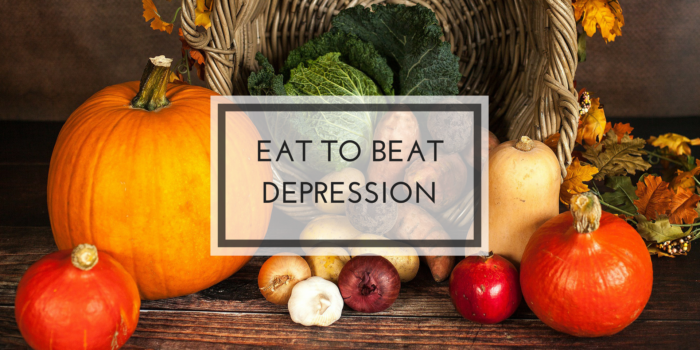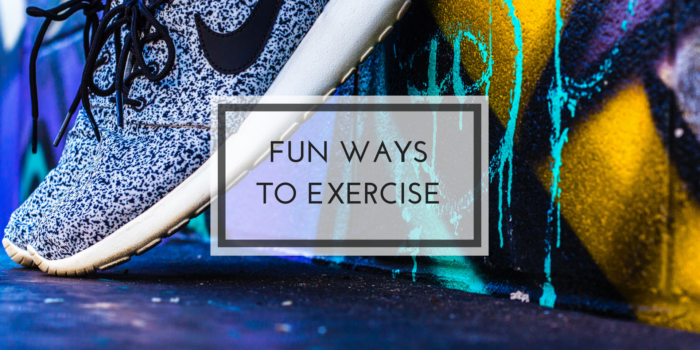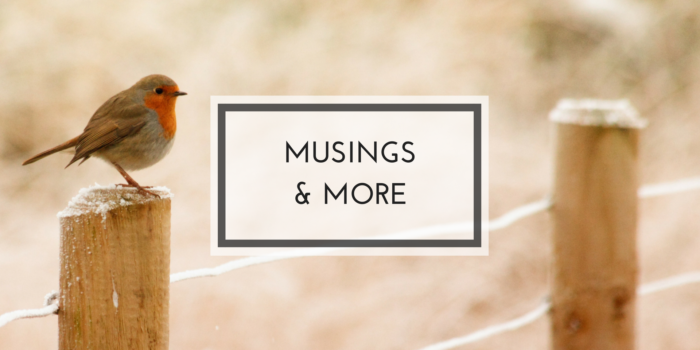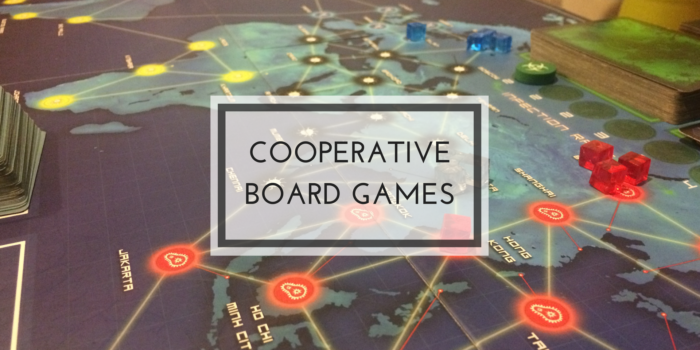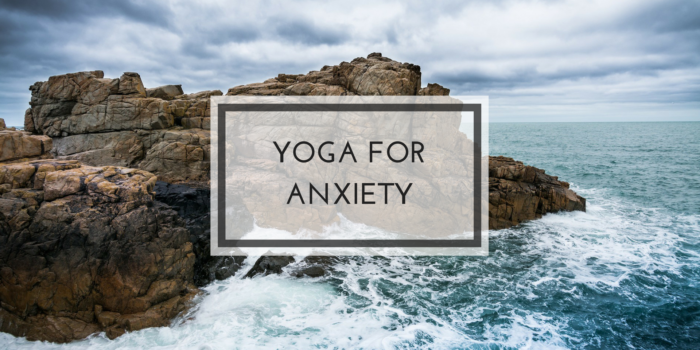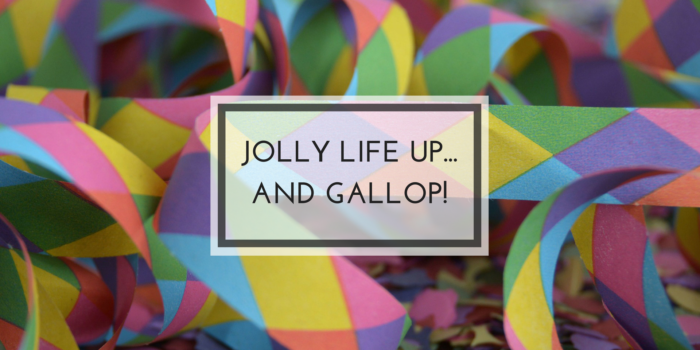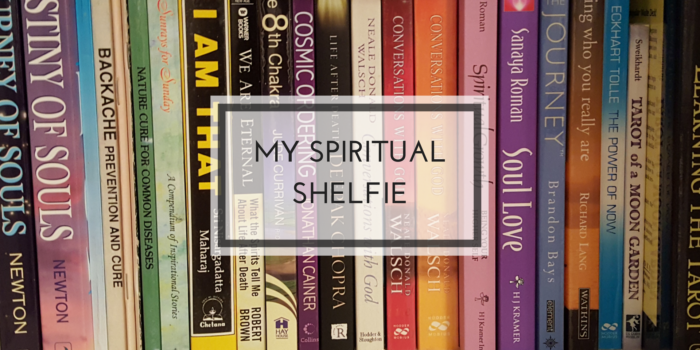The Pavamana Mantra is a Hindu mantra introduced in the Brhadaranyaka Upanishad (1.3.28). The text of the mantra reads, “asato ma sadgamaya, tamaso ma jyotirgamaya, mrtyorma amrtam gamaya.” This translates to, “from the unreal lead me to the real, from the darkness lead me to the light, from the dead lead me to the immortal.”
The Velveteen Rabbit, a children’s book written by Margery Williams, can help us to understand what is actually meant by ‘real’:
“What is REAL?” asked the Rabbit one day, when they were lying side by side near the nursery fender, before Nana came to tidy the room. “Does it mean having things that buzz inside you and a stick-out handle?”
“Real isn’t how you are made,” said the Skin Horse. “It’s a thing that happens to you. When a child loves you for a long, long time, not just to play with, but REALLY loves you, then you become Real.”
“Does it hurt?” asked the Rabbit.
“Sometimes,” said the Skin Horse, for he was always truthful. “When you are Real you don’t mind being hurt.”
“Does it happen all at once, like being wound up,” he asked, “or bit by bit?”
“It doesn’t happen all at once,” said the Skin Horse. “You become. It takes a long time. That’s why it doesn’t happen often to people who break easily, or have sharp edges, or who have to be carefully kept. Generally, by the time you are Real, most of your hair has been loved off, and your eyes drop out and you get loose in your joints and very shabby. But these things don’t matter at all, because once you are Real you can’t be ugly, except to people who don’t understand.”
“I suppose you are Real?” said the Rabbit. And then he wished he had not said it, for he thought the Skin Horse might be sensitive. But the Skin Horse only smiled.
“The Boy’s Uncle made me Real,” he said. “That was a great many years ago; but once you are Real you can’t become unreal again. It lasts for always.”
Look around and you will see many people with sharp edges, who break easily, have to be carefully kept, who prioritize external beauty over authenticity and the development of their souls, who try to make themselves more lovable by eliminating their ‘flaws’, and who struggle to truly be themselves and not a version of something they think they are supposed to be. It can be hard to accept our imperfections, to go easy on ourselves when we fail to meet the unrealistic expectations we have of what we should be and to reveal to the world our flawed selves.
Be who you are and say what you feel, because those who mind don’t matter and those who matter don’t mind.
– Dr. Seuss
As the Skin Horse tells the Rabbit, becoming Real hurts, but the alternative to experiencing the vulnerability and love that make us Real, is to live a life that is untouched and somewhat shallow. As the line in the song ‘Try to Remember’ from the musical The Fantasticks goes,
“Without a hurt the heart is hollow.”
The people we love the most have the power to hurt us the most, because it is to those people that we are most exposed. Our openness allows us to feel the pain of loving, but it is through this openness that our true self, flaws and imperfections included, can be fully accepted and loved, and thus transformed. Our vulnerability and pain allow us to experience the entire depth of love and the beauty of being Real. We are altered, but not broken. Far from it; we are stronger for being worn thin.
On a deeper level, we come to recognize that other people are merely a mirror in which we see ourselves staring back at us – a perfect reflection of the good and the bad, and often that which we don’t want to see, address or deal with. Ultimately we are all seeking a mirror, in order to experience ourselves reflected in others. It is in this way that we can discover our true nature and in accepting what we see and loving ourselves unconditionally, we become Real.
India’s philosophy of Advaita Vedanta takes the notion of what is Real a step further, arguing that truth, existence and reality are one and the same, and for something to be true, it must always be true – i.e. true in the past, true in the present and true in the future. Anything which does not exist in all three time frames does not truly exist and is thus ultimately not Real. The planets of our universe are constantly moving, the seasons change, our bodies and the cells within them are born, grow and die. Our emotions fluctuate and our opinions change. So, none of this is true, none of this is Real and none of this exists. The word ‘maya’ is often used to describe what is unreal, connoting an illusion where things appear to be present but are not what they seem, things which constantly change and thus are spiritually unreal. A Course in Miracles also makes a fundamental distinction between the real and the unreal, describing the unreal as the world of perception:
What perception sees and hears appears to be real because it permits into awareness only what conforms to the wishes of the perceiver. This leads to a world of illusions, a world which needs constant defense precisely because it is not real. When you have been caught in the world of perception you are caught in a dream. You cannot escape without help, because everything your senses show merely witnesses to the reality of the dream.
So what is Real? God is Real. Our True Self is Real. Thus we seek to become Real in order to rediscover, reveal and recognize our True Self – the pure, blissful consciousness that ever was, is and ever will be – and, through our awakening, our true beauty can shine into the world. Becoming Real is a journey of knowledge and self-study (or ‘Svadhyaya’ – one of yoga’s five Niyamas in the eight-limbed path which is fundamental in yogic philosophies). In becoming Real, we are finding God within ourselves and connecting with that part of ourselves which never dies. This is echoed in the final line of the Pavamana Mantra which means, “From the dead lead me to the immortal”:
This should not be taken as a prayer to live endless years in heaven or on earth. It is a prayer to the Guru for assistance in realizing the truth that “I was never born, nor can ever die, as I am not the body, mind and intellect, but the eternal, blissful consciousness that serves as the substratum of all creation.”
– Amma

